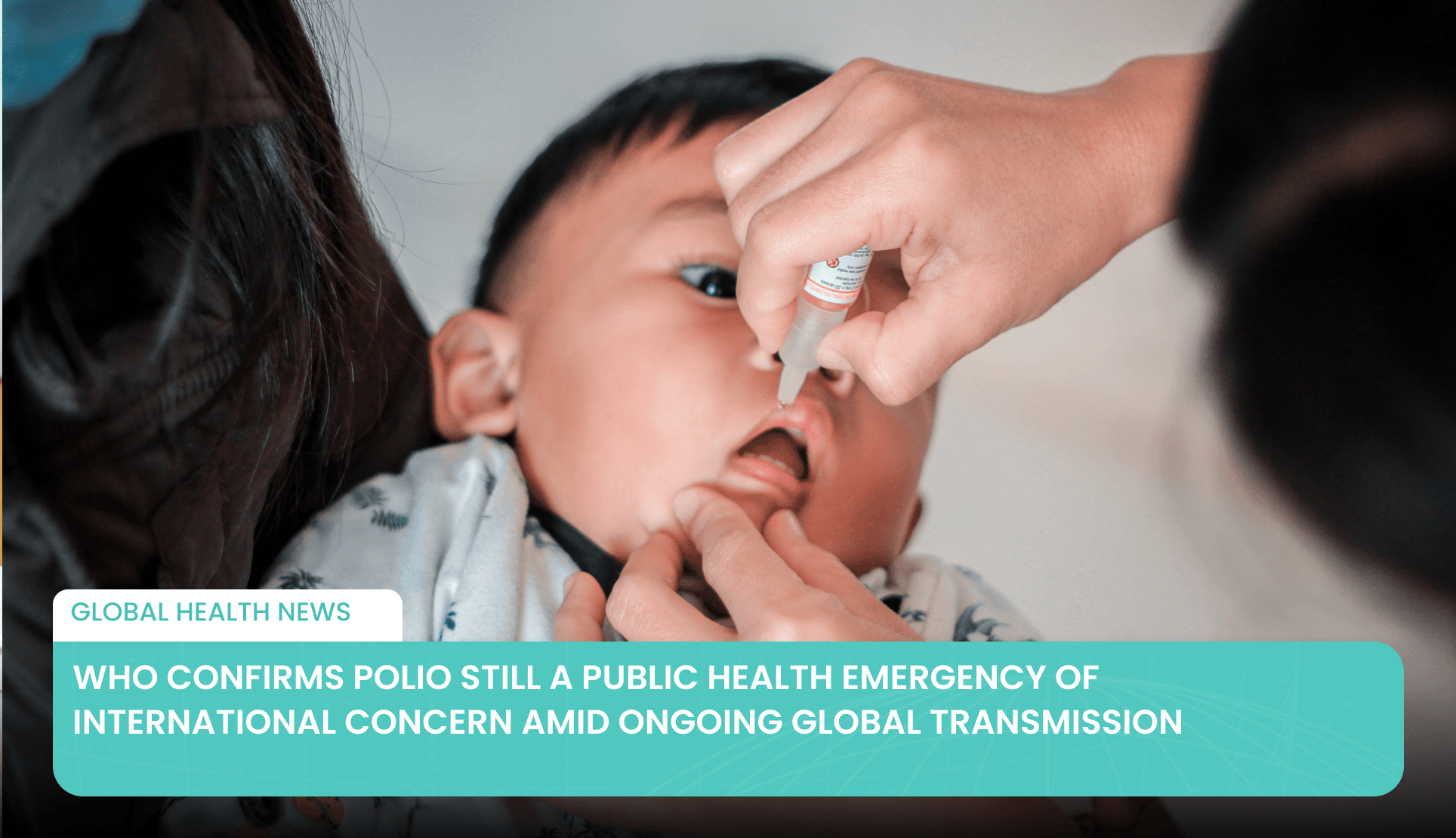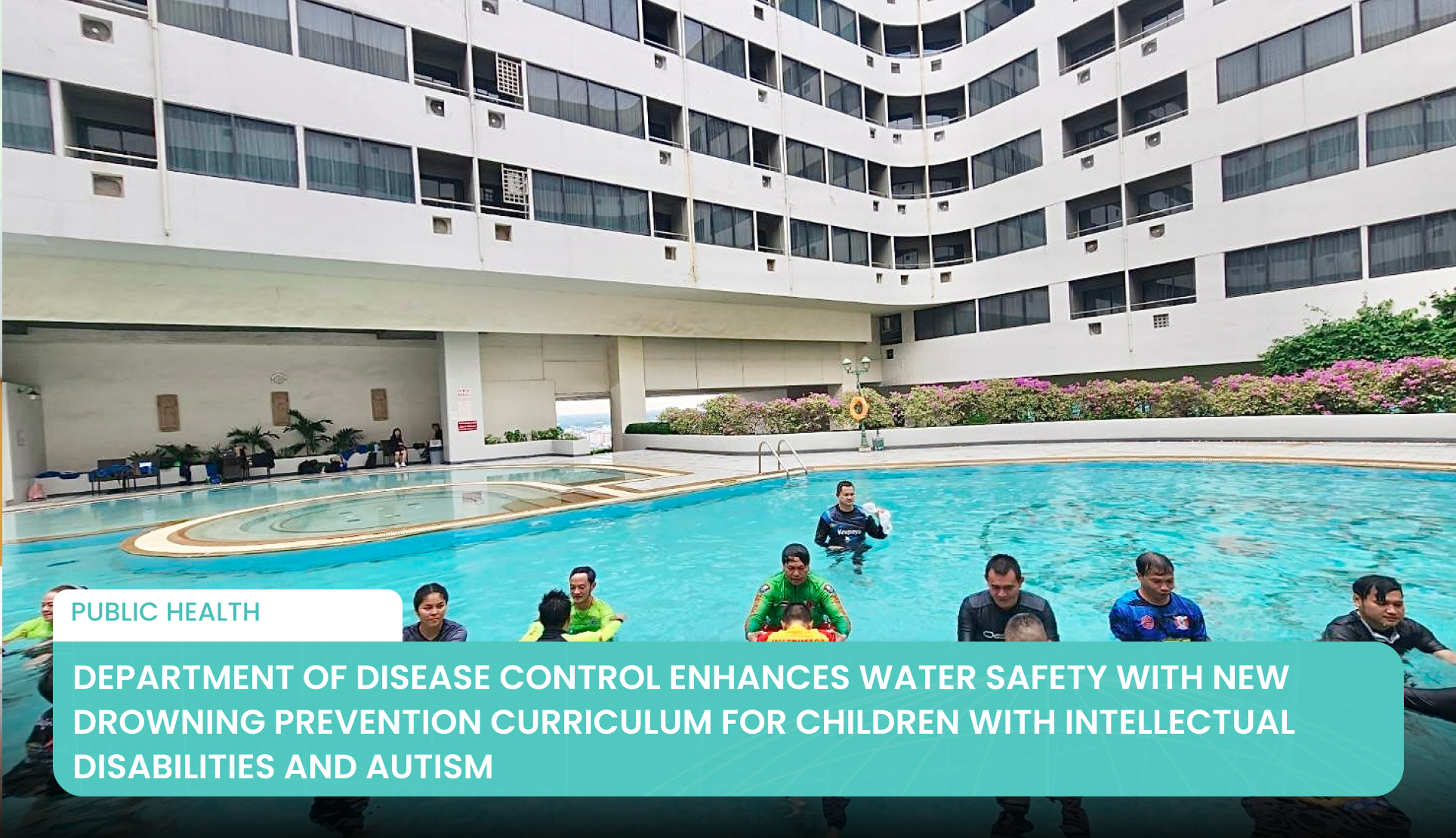ArokaGO News
•November 13, 2025
WHO Confirms Polio Still a Public Health Emergency of International Concern Amid Ongoing Global Transmission
The World Health Organization (WHO) has announced that the international spread of poliovirus continues to constitute a Public Health Emergency of International Concern (PHEIC), following the 43rd meeting of the Emergency Committee under the International Health Regulations (IHR) held on 1 October 2025. The Committee reached a unanimous decision, noting that while the situation remains serious, it does not meet the criteria for a “pandemic emergency.” WHO has extended its Temporary Recommendations for a further three months to curb the risk of cross-border spread.
The ArokaGO Reporter
November 13, 2025

The World Health Organization (WHO) has announced that the international spread of poliovirus continues to constitute a Public Health Emergency of International Concern (PHEIC), following the 43rd meeting of the Emergency Committee under the International Health Regulations (IHR) held on 1 October 2025. The Committee reached a unanimous decision, noting that while the situation remains serious, it does not meet the criteria for a “pandemic emergency.” WHO has extended its Temporary Recommendations for a further three months to curb the risk of cross-border spread.
Wild Poliovirus (WPV1) Situation
WHO reported a total of 28 WPV1 cases in 2025 (as of 17 September), with 4 cases in Afghanistan and 24 in Pakistan. Environmental surveillance continues to detect poliovirus in multiple sites, indicating ongoing transmission in hard-to-reach and high-risk border areas of both countries. In Afghanistan, house-to-house vaccination has been suspended due to security concerns, limiting access to all children. In Pakistan, more than 250,000 children remain unreached by vaccination, mainly due to insecurity and access constraints.
Circulating Vaccine-Derived Polioviruses (cVDPV)
In 2025, 143 cases of cVDPV have been recorded globally, most of them type 2 (cVDPV2). Outbreaks are currently concentrated in:
- The Lake Chad Basin and West/Central Africa (e.g. Nigeria, Chad, Benin)
- The Horn of Africa (e.g. Ethiopia, Somalia)
- The Middle East (e.g. Yemen)
- Certain European countries (e.g. Germany, Finland, Poland)
New outbreaks of cVDPV1 and cVDPV3 in Algeria, Djibouti, Israel, Cameroon, Chad and Guinea have raised concern, pointing to immunity gaps in routine immunization programmes.
Key Risk Factors
WHO highlighted several drivers of ongoing transmission:
- Insecurity and inaccessibility in conflict-affected areas
- Large numbers of unvaccinated or under-vaccinated children
- Cross-border movement and population displacement
- Weak health systems and disrupted routine immunization
- Waning intestinal immunity following the global withdrawal of OPV2 in 2016
WHO Recommendations to Countries
Countries with ongoing or recent poliovirus transmission are urged to:
- Officially declare polio prevention or interruption as a national public health emergency
- Intensify polio vaccination campaigns using OPV and/or IPV
- Implement travel-related vaccination requirements for residents staying longer than four weeks, especially before international travel
- Establish or expand vaccination at border crossings and among mobile or displaced populations
- Strengthen surveillance, including environmental sampling and acute flaccid paralysis (AFP) detection
Funding Concerns and Eradication Targets
The Committee expressed serious concern about a funding gap of nearly 30% for the Global Polio Eradication Initiative (GPEI), warning that underfunding could weaken vaccination campaigns and surveillance, and delay progress towards global goals—interruption and certification of WPV1 by 2027 and cVDPV2 elimination by 2029.
Conclusion
Although case numbers have declined compared with previous years, polio remains a global threat, particularly in regions affected by conflict, fragile health systems, and low vaccine coverage. WHO’s decision to maintain PHEIC status and extend Temporary Recommendations underscores the urgent need for sustained international cooperation, strong surveillance, and comprehensive immunization efforts to prevent further cross-border spread and move closer to global eradication of polio.
Source:

Department of Disease Control Enhances Water Safety with New Drowning Prevention Curriculum for Children with Intellectual Disabilities and Autism
November 12, 2025

Study Finds Early Teen Drinkers Face Higher Alcohol-Related Risks in Young Adulthood
November 13, 2025